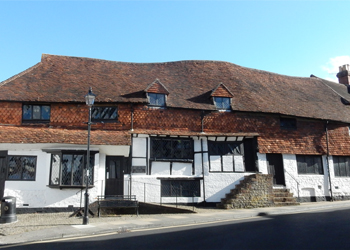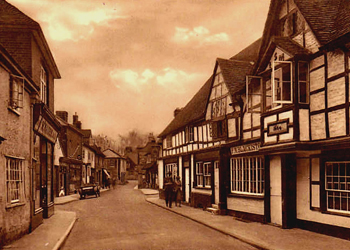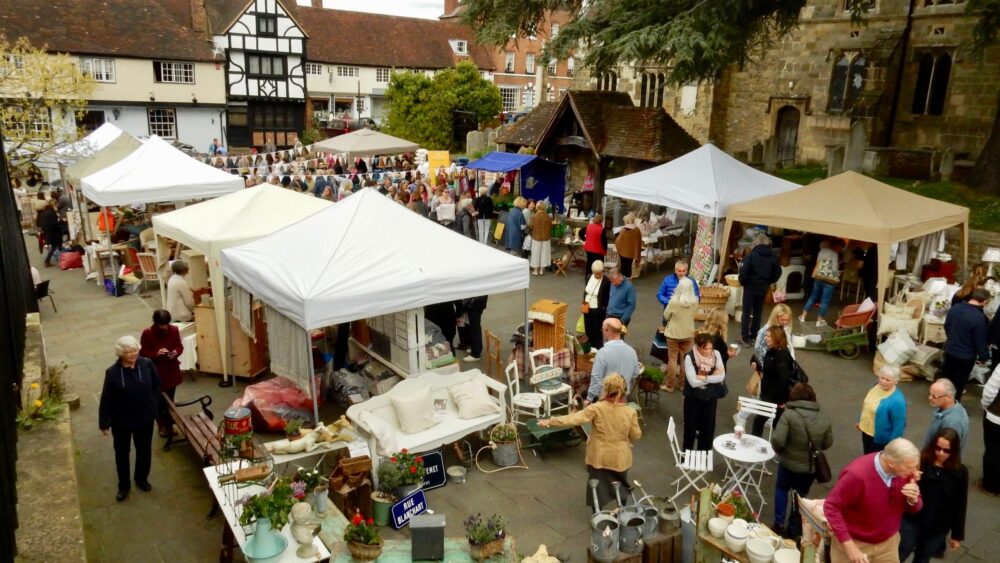Midhurst (in the Sussex dialect: Medhas) is a market town and civil parish covering 333 hectares in West Sussex. It lies on the River Rother 20 miles inland from the English Channel, and 12 miles north of the county town of Chichester.
The name Midhurst was first recorded in 1186 as Middeherst, meaning “Middle wooded hill”, or “(place) among the wooded hills”. It derives from the Old English words midd (adjective) or mid (preposition), meaning “in the middle”, plus hyrst, “a wooded hill”.
Economy
Midhurst is a market town servicing its rural hinterland through many small businesses, shops, restaurants and cafes. Its primary economic activities, in terms of employment, are wholesale and retail businesses including motor mechanics, construction, hotels, food and drink and office administration.
Midhurst has a population of 4,914, comprising 2434 households (average size 2 people) and 3477 economically active residents. Of the 1027 economically inactive residents, 673 or two-thirds (65.5%) are retirees.
Between 1913 and 1985, the Midhurst Brickworks famous for producing “Midhurst White” bricks, was situated close to the former Midhurst Common Railway Station.
Midhurst is a low crime area within West Sussex, which itself has a crime rate well below the national average.
History
The Norman St. Ann’s Castle was built on a bluff overlooking a ford over the River Rother and a major crossroad, on the site of an earlier Saxon settlement. The castle dates from about 1120, although the foundations are all that can now be seen. The castle, the parish church of St. Mary Magdalene and St. Denis, together with South Pond, the former fish-pond for the castle, are the only three structures left from this early period. The parish church is the oldest building in Midhurst.
The original castle of St Ann’s was abandoned by 1317, and replaced by a castle across the Rother in the parish of Easeborne. This in turn was rebuilt as Cowdray House in the early 16thcentury. In the late eighteenth century Cowdray Park was landscaped by Capability Brown. Cowdray House was destroyed by fire in 1793 leaving the ruins we see today which have been immortalised in the paintings of JMW Turner. Cowdray Ruins was the subject of a major conservation project and opened to the public in spring 2007.
The Parish Church of St Mary Magdalene and St Denys was once the only permanent building within the Market Square; now the square is the heart of the town and lined with residential and commercial properties.
The Old Town Hall, an early 19th century building on the South side of the square, is now an attractive coffee shop. In an alcove beneath the steps on the outside of the building you can still see the town Stocks and Pillory, last used in 1859.
The Old Market Hall, a 16th century timber and brick building which stands in the middle of South Street, housed the original grammar school, founded in 1672. The school later moved to the building which now forms part of the South Downs National Park Authority’s headquarters on North Street, where HG Wells was among its best known former scholars.





